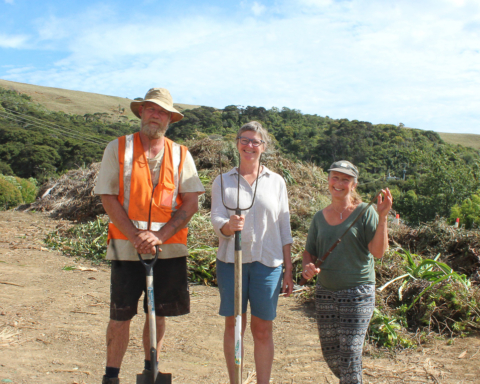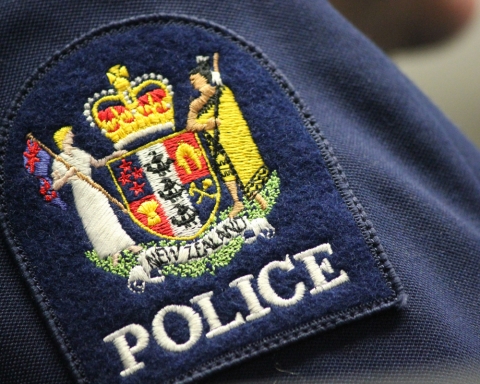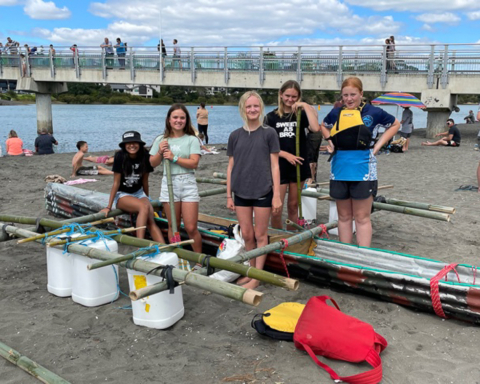More and more cabbage trees in Raglan are becoming sick and dying from “sudden decline”, an epidemic that emerged in the late 80s and killed huge numbers of the natives.
Whaingaroa Harbour Care manager Fred Lichtwark says sudden decline has remained relatively unnoticed in the town in recent years but more trees are starting to die.
“On the Wainui Reserve, lots are dying.
“They are collapsing all over the place, they just suddenly rot, die… suddenly you notice all the leaves are drooping, down, and they are all dead.”
Raglan residents have also noticed that cabbage trees in their gardens have died.
Fred says sudden decline is due to a bacterium – phytoplasma – spread by sap-sucking hoppers. It is similar to “yellow leaf” disease in harakeke (flaxes), and mamaku and some pitosporum are also affected.
Affected trees usually lose all their leaves within two to 12 months. The bark on the tree becomes loose and detaches easily.
Usually, a cabbage tree is hard to kill because new sprouts will carry on its life, even if a tree has been cut down.
Fred says when sudden decline killed many trees in the 90s it was feared that the iconic cabbage tree would be wiped out. In some regions, particularly in the north, no big trees survived.
During the epidemic, Harbour Care sourced seeds from a 100-year-plus cabbage tree in the region that had remained unaffected, and used those seeds to plant resistant trees in the region.
“New strains could knock them off.
“It’s all about balance. You need lots of native birds to keep the insects under control. It’s when you get an imbalance, that’s when diseases happen.”
Fred says climate also plays a part. “Pumpkins haven’t grown, tomatoes aren’t ripening, some pohutukawa are just start to bloom now – I’ve never seen them that late. The seasons are all screwed up.
“When plants come under stress they are more vulnerable to diseases.”
It was important to keep persisting in the replanting of cabbage trees because there is no cure for sudden decline, says Fred, and cabbage trees contribute to the health and wellbeing of our waterways.
Harbour Care planted a wetland of cabbage trees below the old landfill in Raglan in the late 90s to suck up all the toxins and heavy materials that were leaching into the harbour.
“Think gluggy, black gunk that was oozing out. We put in a wetland and bugger me days it was treated.
“The trees suck the toxins out of the ground … pulls up the heavy materials and stores it in the leaves. When the leaves drop, the little microbes break the leaves down into an inert substance … it’s no longer an issue.”
Inger Vos






